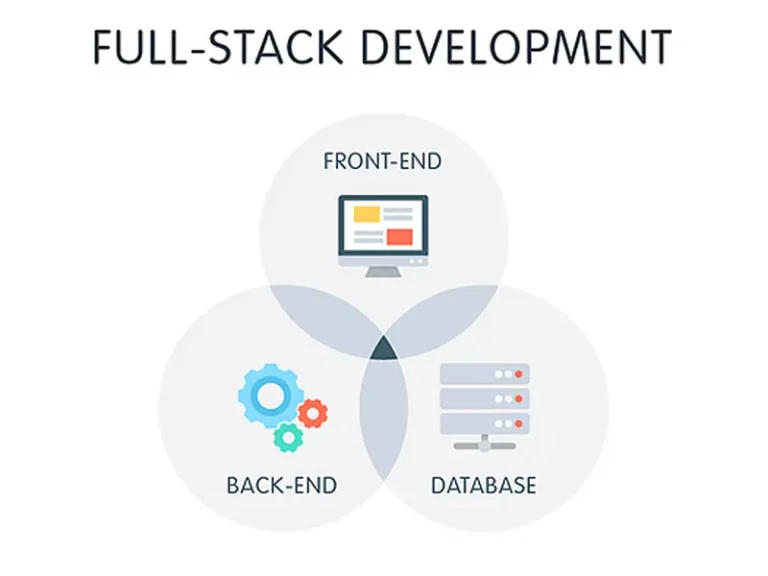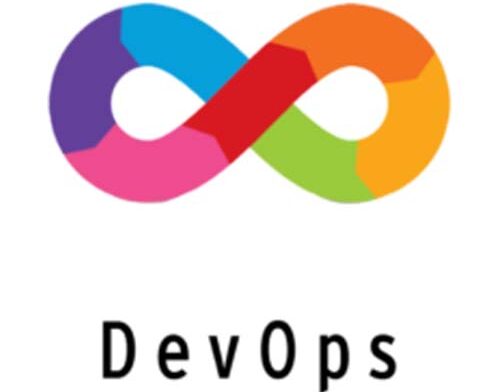To be considered for the Qmatrix PG diploma in Full Stack Development, candidates should hold a Bachelor’s degree. This course involves in-depth technical concepts. Hence, a minimum academic threshold of 50% or higher marks during graduation is a requisite. Furthermore, it’s crucial for applicants to have a foundational understanding of programming. Basic knowledge of any programming language will provide a head-start, enabling you to grasp advanced concepts with relative ease. While not mandatory, having a minimum of 2 years of work experience in a relevant field can provide a valuable perspective. Experienced professionals are often more adept at applying learned skills to real-world scenarios.
This module covers basic table markup, along with more complex features such as implementing captions and summaries.
Deccansoft Software Services Html and css Syllabus
Deccansoft Software Services Html and css Syllabus


Masters

On/Offline

3-6 month
Weekdays/Weekend



A Full Stack Development course is a meticulously designed training program dedicated to enabling software developers and IT professionals to master the art of website construction. It equips learners with the requisite knowledge and skills to build everything from a single-page application to a sophisticated web-based application. The course provides insight into programming, database management, JavaScript frameworks, and much more, setting the stage for a successful career in web development.
Although some Full Stack Developers start their journey without formal training, most individuals in this field hold a bachelor’s degree in computer science or a related discipline. That said, anyone with a keen interest in technology and dedication to learning various programming languages and frameworks can certainly step into the role of a Full Stack Developer.
This program is ideally suited for graduates and early-career professionals who are looking to establish and fast-track their careers in this high-growth sector. It offers exposure to the entire development lifecycle from a globally recognised institution. Additionally, mid-career professionals aiming to augment their skill set, expand their coding knowledge, and secure a certificate from a globally recognised school will find this program immensely beneficial.
A Postgraduate certificate holds significant value as it equips you with a specialised skill set without demanding the financial or time commitment of a full degree program. It’s highly skill-focused, an aspect that companies prioritise along with degrees. A robust skill set can provide you with an edge in your career progression.
Full Stack professionals are highly sought after in the industry and have the flexibility to take on various roles. The array of job positions includes Full Stack Developer, Web Developer, Software Engineer, Mobile Developer, DevOps Engineer, and Database Architect, among others.
What is Angular? Why Angular?
MySql Essential


